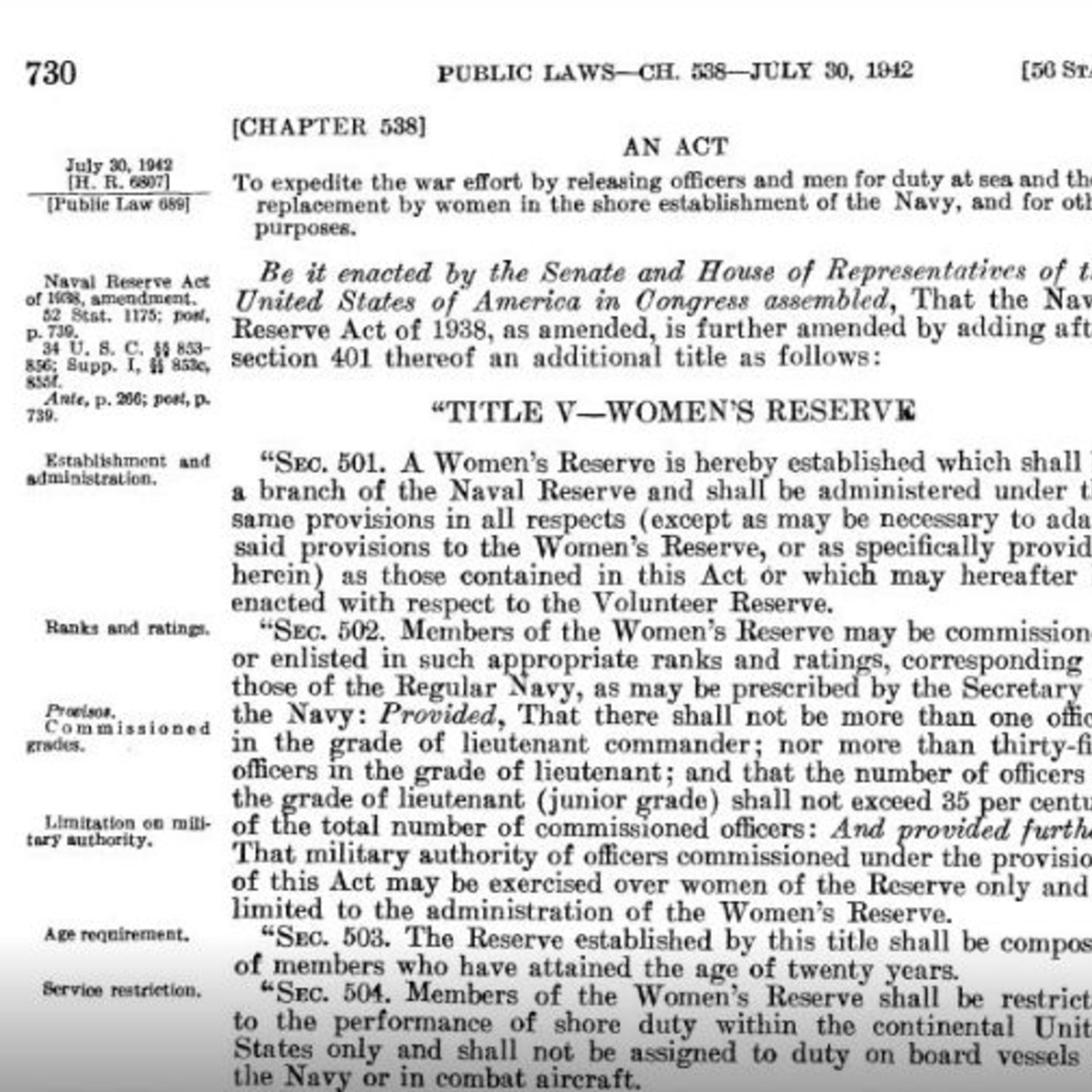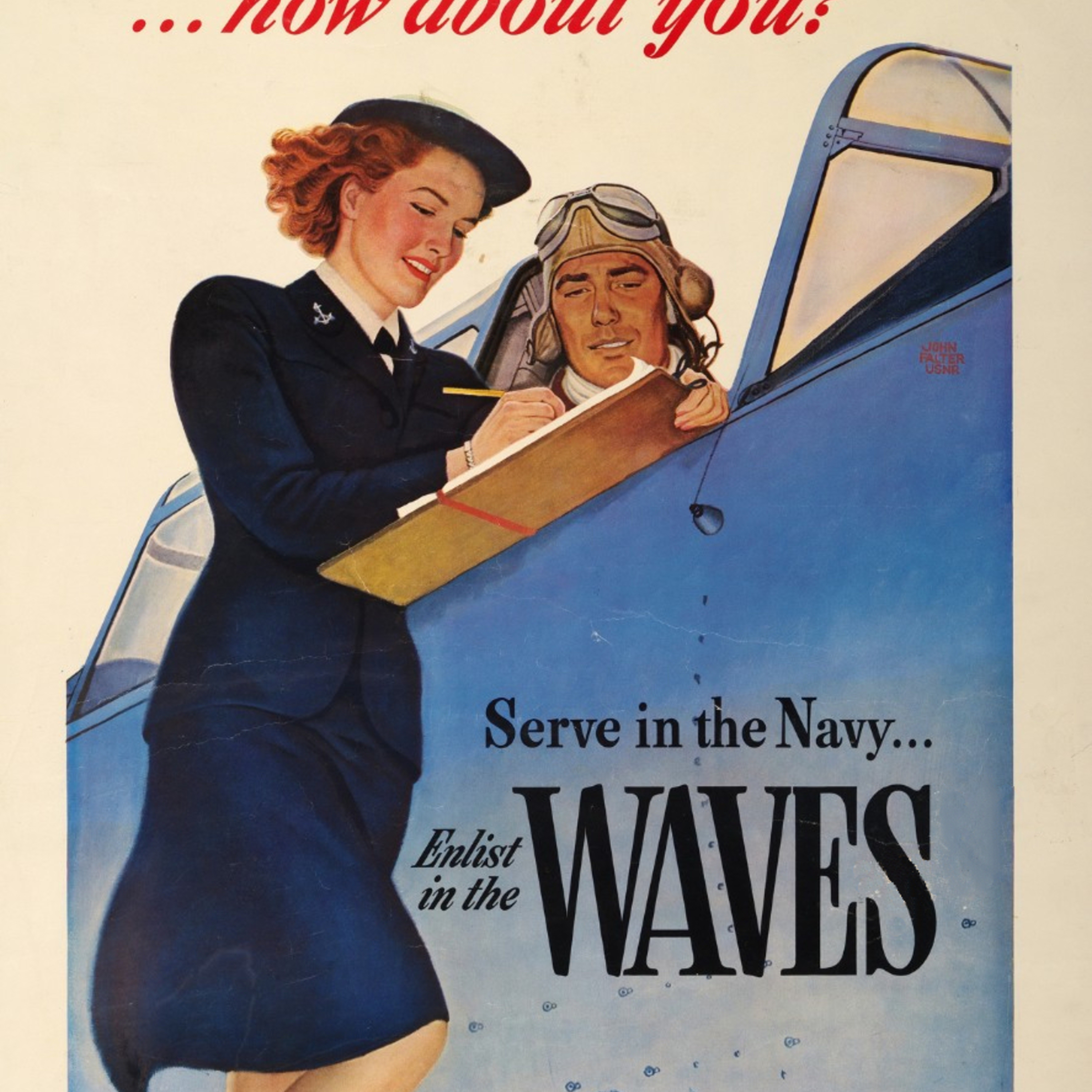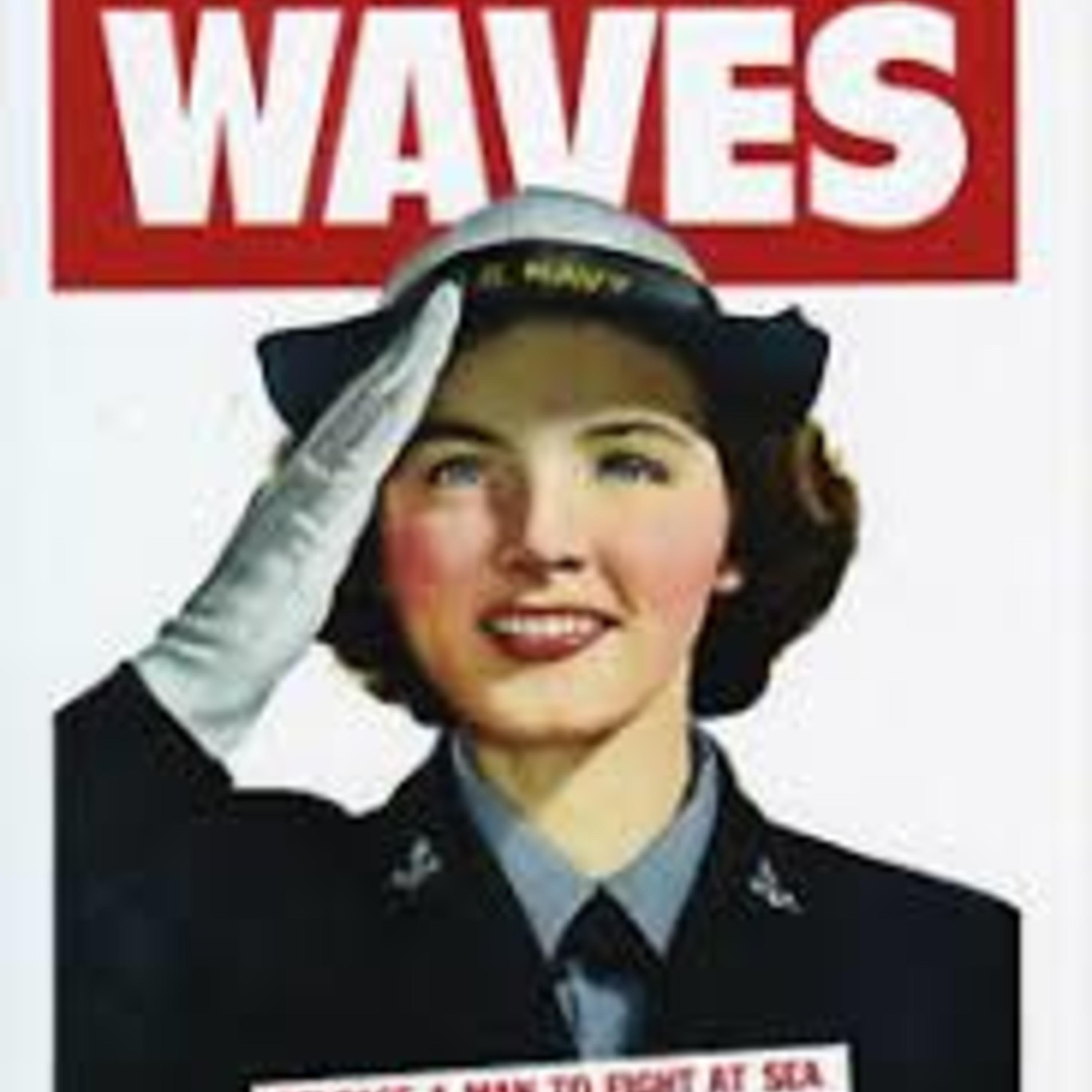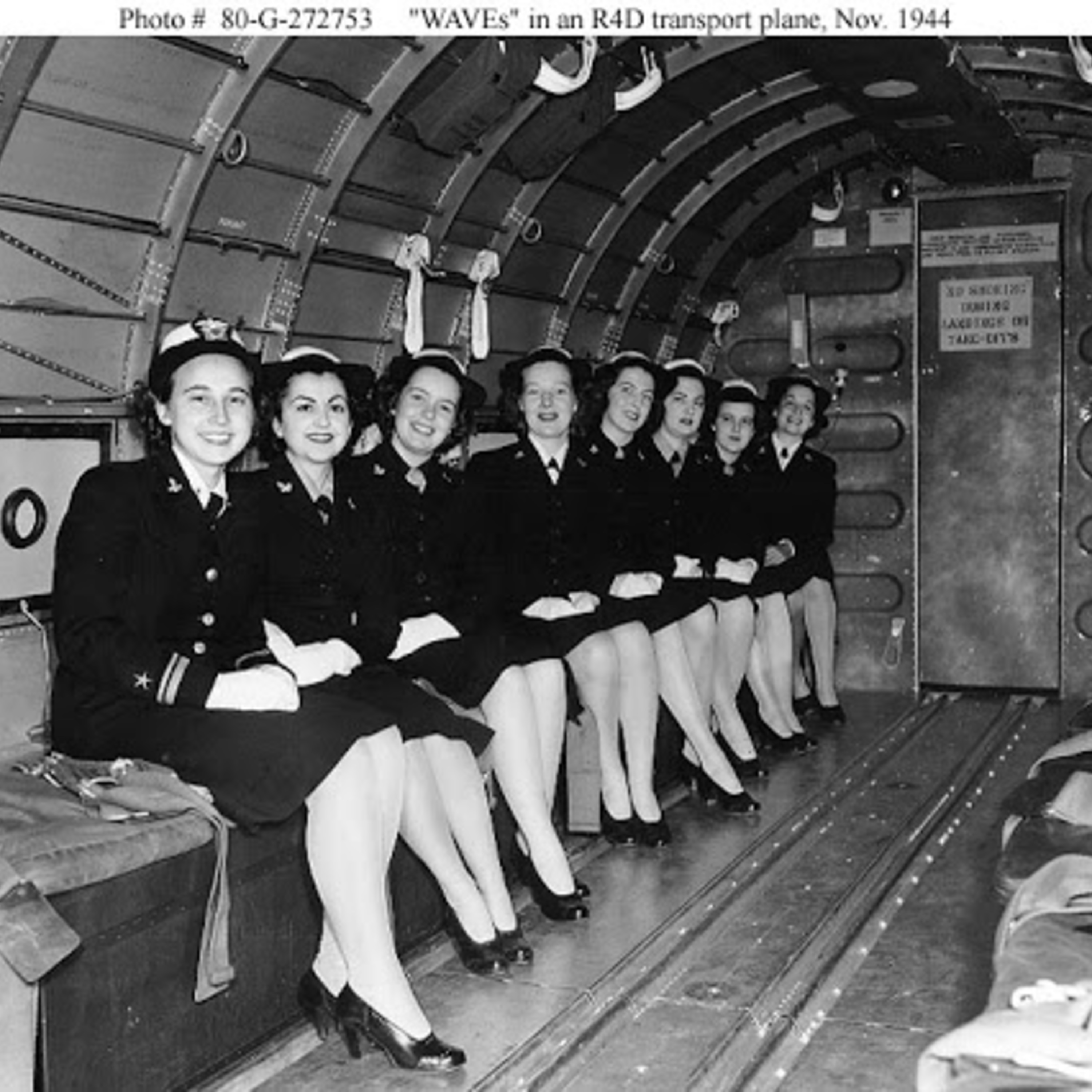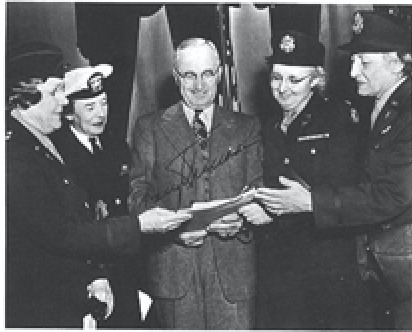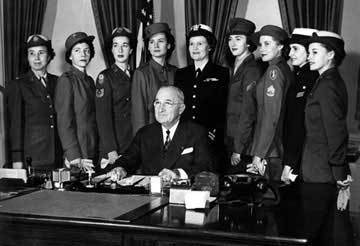U.S. Navy- Women Accepted for Volunteer Emergency Services
Before World War I, women had sole permission to serve as nurses in the military. Once the Pearl Harbor attacks of December 7, 1941 ensued, the Navy began debating the integration of women in the Navy as they were struggling to fill positions and recruit men.
President Franklin Roosevelt signed Public Law 689 in July of 1942, which created the Women’s Naval Reserve. This law was intended to “expedite the war effort by releasing officers and men for duty at sea and their replacement by women in the shore establishment of the Navy, and for other purposes.” Unlike the WACs, which were a separate branch to the U.S. Army, the Women’s Naval Reserve was an integrated part of the U.S. Navy.
The Navy made a decision to bring some of the most intelligent women in the United States together to form an Advisory Council for the Women’s Reserve. Civilians laughed and poked fun at the name Women’s Reserve “sailorettes,” and therefore the Advisory Council quickly chose a different name. They included a "V" to make clear that it was a voluntary choice and not a drafted service; as well as a “W” for women. The "E" in WAVES (Emergency) was added in an effort to comfort the older military admirals, and suggest that these women are only serving for a temporary crisis and won’t be around afterwards.
WAVES placed propaganda posters throughout college campuses emphasizing equity between men and women in the military. Naval recruiters also visited college campuses to meet with potential recruits. This tactic proved to be very successful in convincing women to sign up for WAVES. Once accepted, these women received two months of training, where they learned naval terminology, traditions, regulations, and drills.
Most women served as clerks, recruiters, mechanics, parachute riggers, air traffic controllers, and nurses. They worked in hospitals, stores, mailrooms, photo labs, air stations and on training bases.
There were five special women in WAVES who were chosen to work at the Naval Communications Annex. These women typed and filed top-secret decoded messages as well as organized a library of classified materials, and delivered dispatches to the White House.
Women who served in WAVES often faced sexism, harassment, and discrimination as their male counterparts would order WAVES to perform tasks attributed to domestic life and not in their job assignments.
One WAVE recalled, “I had a lieutenant who wanted me to go out with him…He made my life miserable.” When she started dating someone else, he discharged her.
Many men in the Navy resented the WAVES. “They resented us. They resented us for the fact that they had to clean up their act in the crew’s room and they had to quit using bad language,” remembered former WAVE Rosemary Dodd.
After continued pressure from naval leaders, female officers, and former WAVES, Congress passed the Army-Navy Nurses Act in 1947, which established the Navy Nurse Corp as a permanent organization. One year later, President Truman signed the Women’s Armed Service Integration Act in June of 1948. This law disbanded the WAVES but allowed women to receive permanent status in the U.S. Armed Forces. It was not until recently, in 1994, that women finally became eligible to serve on combat ships and squadrons.
The women of WAVES set great precedent in United States as they showed that women were moving away from sole domestic work and into the workforce. These women proved that they were capable of thinking, living and working independently.
WAVES video footage: https://www.youtube.com/watch?v=PazHV_shhFU
To learn more, go to... https://www.womenshistory.org/exhibits/waves-world-war-ii

